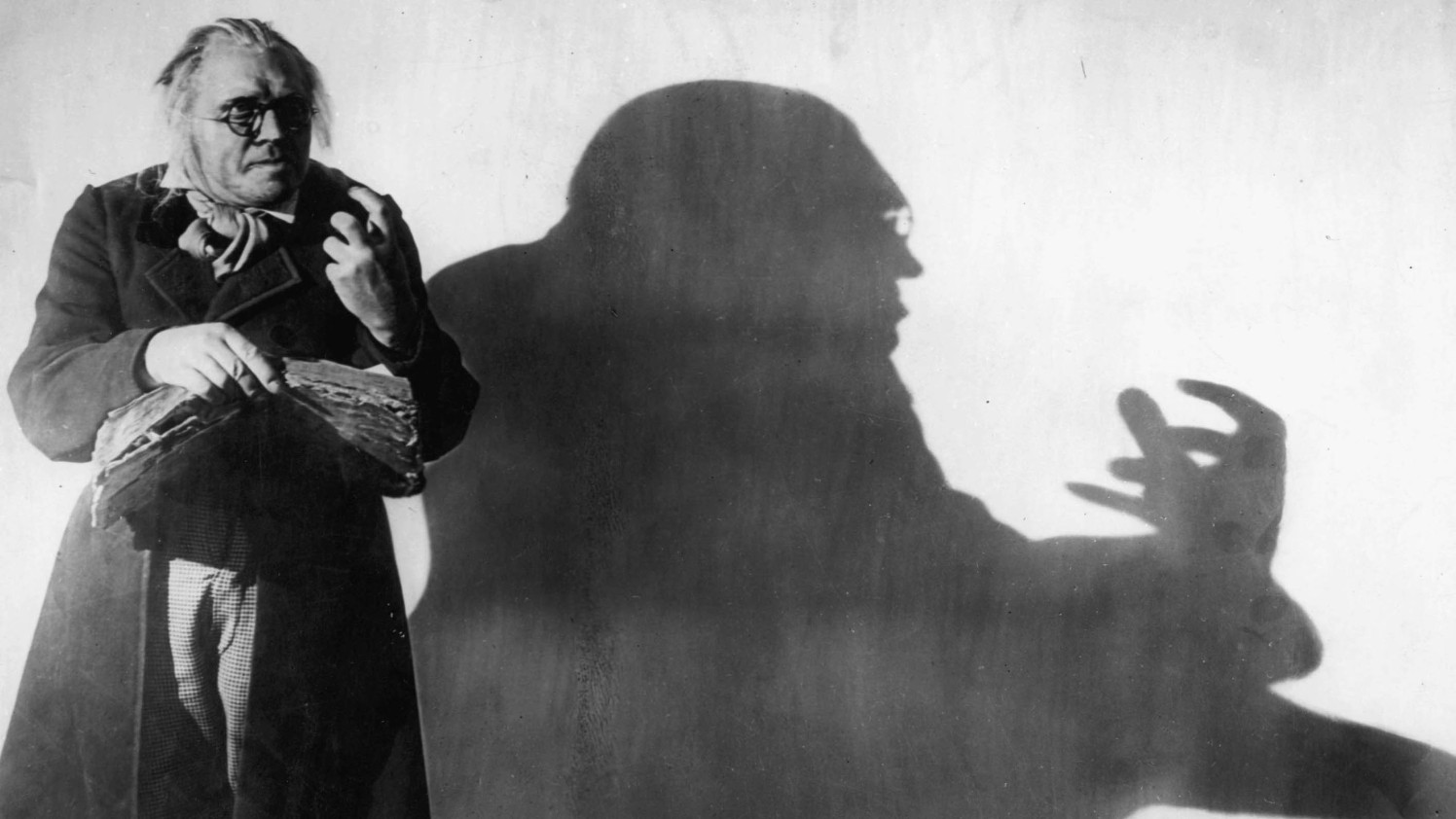Exit from the factory – 22 March 1895
Films showing progress of transport, usually by strapping a camera to the front of a vehicle moving forward. Where only the track and scenery can be scene
‘The sick kitten’ (1903) includes the first close-up to show the kitten eating the food and ‘Life of an American Fireman’ (1903) includes the earliest example of continuity editing, notably during the final scenes of the rescue of the woman and her child

Florence Lawrence (January 2, 1886 – December 28, 1938) was the first film actor to be named publicly
Directed by D. W. Griffith, (1915) controversial because considered propaganda due to the message that black people couldn’t become part of the American society as equals to the white and re sparked the KKK movement
Considered the Danish film industry the best in the world because it took film seriously
Directors such as Benjamin Christensen, Urban Gad and films: Häxan, The Abyss were considered ‘remarkable’ by Cousin’s





